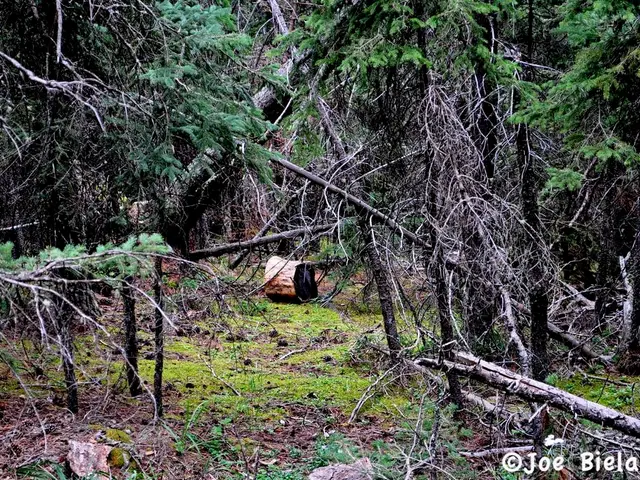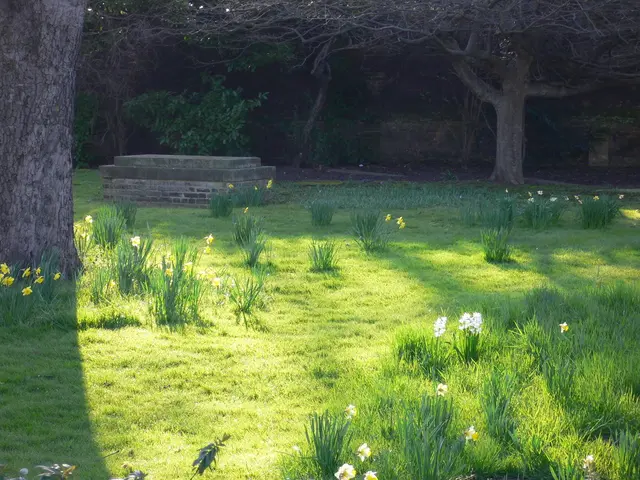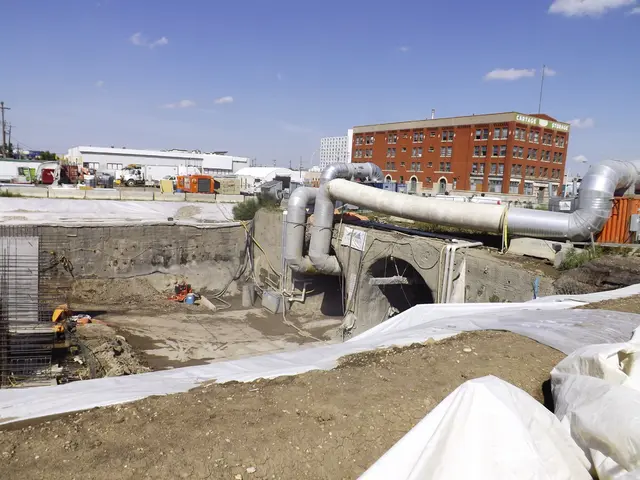Growing Model Peppers: The Secret Sauce
Non-stop pepper growth: Achieve large, sweet, and juicy peppers; yield up to 30 fruits per bush by using three spoons per pot.
Growing exceptional peppers isn't just about giving them water and fertilizer on time. It demands a bit more forethought and a special recipe for planting that will guarantee you a bush heaving with sweet, juicy peppers. And here it is!
What's in this game-changing concoction?
- 3 tablespoons of wood ash,
- 1/2 teaspoon of superphosphate,
- a handful of compost or humus.
Go ahead, blend all the components right in the planting hole, sprinkle some topsoil over it to guard the roots from being scorched, then delicately plant the pepper. Fill 'er up, tamp it down, water deeply, and if you fancy, top it with mulch.
Now, why should you bother with all this?
- Superphosphate supports the young plant in growing roots quicker.
- Wood ash offers potassium and calcium - peppers crave them just like kids covet candy.
- Compost or humus boosts soil structure and nurtures the bush organically.
Remember, when it comes to space: for compact varieties, keep a distance of 25 cm, while tall ones require 40-45 cm between them.
If you stick to this plan, you're looking at up to 30 large peppers gracing your garden - making neighbors wonder how you're keeping them so happy!
Additional Insights:
When it comes to growing sweet peppers, a balanced supply of macronutrients and organic amendments are essential. During the early growth stages (up to about 30 days after transplanting), peppers need balanced levels of nitrogen (N), phosphorus (P), and potassium (K) for healthy root and shoot development, with an N-P-K ratio closer to 1:1:1 being recommended [1].
Superphosphate is a good source of phosphorus, which is crucial for developing strong roots. As the peppers start to flower and fruit, the potassium supply becomes more important, improving fruit quality and making the peppers juicier and sweeter [1].
Well-decomposed compost or humus improves soil structure, moisture retention, and microbial activity, supplying a balanced nutrient blend and supporting healthy root development [2][3]. Wood ash can be used to increase soil pH, providing potassium and trace minerals. Care must be taken with the quantity used, as too much can increase soil alkalinity [3].
Adequate calcium and magnesium levels are important, with calcium supporting cell wall development and preventing blossom end rot. Magnesium contributes to chlorophyll production and healthy foliage. Epsom salt can be used as a magnesium supplement if necessary [2][3].
- Cultivating an exceptional home-and-garden, especially when growing sweet peppers, requires a well-thought-out lifestyle that involves a balanced supply of macronutrients and organic amendments.
- For a garden brimming with large, juicy, and sweet peppers, incorporate a blend of wood ash, superphosphate, and compost or humus into the planting hole, ensuring a lifestyle that promotes nutrient-rich soil and healthy plants.








